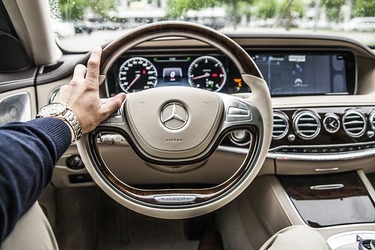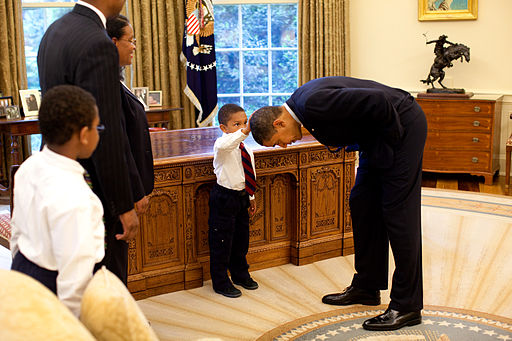 Photo credit: Pixabay
Photo credit: Pixabay What should a passenger do when they simply don't feel like driving, still need to travel but want to feel more secure in a car?
In a recent survey from Insurance.com, 22.4 percent of responders would be OK with purchasing a vehicle that didn't require driver input. However, there's another 24.5 percent who just aren't sold on the idea. One of the biggest reasons for self-doubt is concern about safety from a robotic vehicle.
Technology and the automotive world have done a lot to make driving more convenient: cruise control, smartphone GPS systems, antilock brakes, self-parking, traffic jam assistant apps and even GasBuddy mobile apps helping out with travel expenses.
But the one downside of self-driving cars is that they don't quite mesh with human driving habits yet, according to Bloomberg News. Auto accidents continue to happen between self-driving cars and human drivers, primarily because unlike humans, self-driving cars can't quite guesstimate that one driver who will swerve into the wrong lane, speed up or stop abruptly. Veteran drivers are already equipped to handle making those last-minute decisions.
So what should drivers do when they need to get to their destinations, may not want to drive all of the time but just haven't joined the self-driving bandwagon of excitement?






 RSS Feed
RSS Feed
